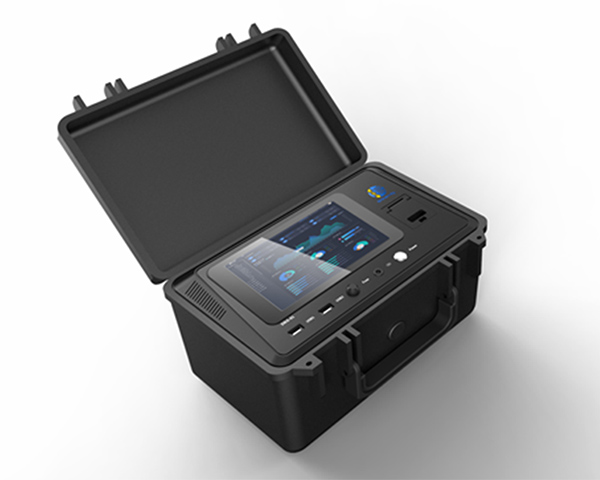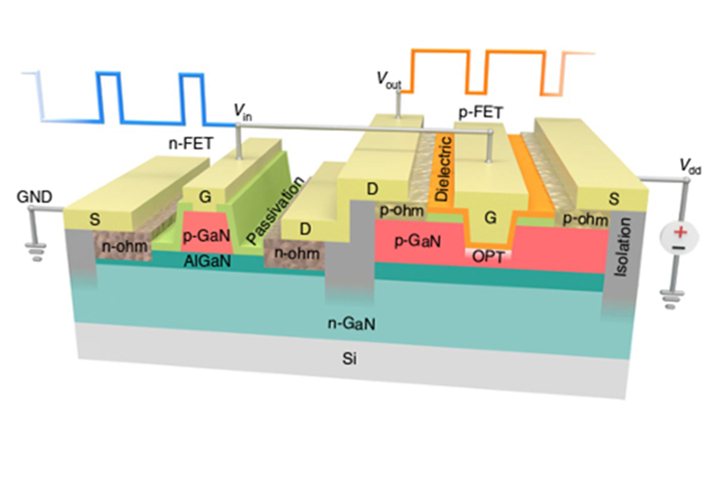Publication Highlights
NFF (CWB) user, IZHAR’s paper titled “Integrated Predicted Mean Vote Sensing System Using MEMS Multi-Sensors for Smart HVAC Systems,” was published in the IEEE Sensors Journal in March 2021. IZHAR is supervised by Prof. Yi-Kuen LEE.
This work reported a predicted mean vote (PMV) index based micro Human Thermal Comfort Sensing (HTCS) system with multiple MEMS sensors. The system consists of a wireless multi-sensor module to measure three environmental parameters and a smartphone App with a novel motion analytics algorithm (for estimation of metabolic rate) and personal factors (clothing insulation) input. The multi-sensor module is comprised of a Complementary metal–oxide–semiconductor (CMOS) Micro-electromechanical systems (MEMS) air velocity sensor, a polycrystalline silicon-based air temperature sensor and a Parylene based relative humidity (RH) sensor. The developed HTCS system shows much better accuracy (±0.13) than its commercial and reported counterparts (±0.17 to ±0.4). Moreover, the packaged HTCS system is placed in a testing room to monitor the PMV. The experimental results indicated that our micro PMV-based HTCS system is promising for smart HVAC system integration in the era of the Internet of Things.

NFF (CWB) user, Tong RUI’s paper titled “A fully portable microchip real-time polymerase chain reaction for rapid detection of pathogen,” was published in Electrophoresis in April 2019. Tong RUI is supervised by Prof. Weijia WEN.
In this work, a fully portable and integrated Microchip based real-time polymerase chain reaction machine for rapid pathogen detection is designed and developed. The instrument consists of three functional components – heating, optical, and electrical modules – which are integrated into a portable compact box. The novel silicon-based micro-heater fabricated in NFF (CWB) has lower thermal mass and better thermal conductivity, greatly reducing the detection time. Consequently, the outstanding performance of this portable machine is demonstrated for rapid detection of Salmonella and Escherichia coli O157:H7 with the advantages of time saving (about 25 minutes), less samples consumption, portability, and user-friendly operation. This device can detect the COVID-19 virus in just 40 minutes from sampling to testing.


NFF (CWB) user, Zheyang ZHENG’s paper titled “Gallium nitride-based complementary logic integrated circuits,” was published in Nature Electronics in August 2021. Zheyang ZHNEG is supervised by Prof. Kevin CHEN.
Owing to its energy efficiency, silicon complementary metal–oxide–semiconductor (CMOS) technology is the current driving force of the integrated circuit industry. Silicon’s narrow bandgap has led to the advancement of wide-bandgap semiconductor materials, such as gallium nitride (GaN), being favored in power electronics, radiofrequency power amplifiers and harsh environment applications. However, the development of GaN CMOS logic circuits has proved challenging because of the lack of a suitable strategy for integrating n-channel and p-channel field-effect transistors on a single substrate. Here the monolithic integration of enhancement-mode n-channel and p-channel GaN field-effect transistors and the fabrication of GaN-based complementary logic integrated circuits is reported. A family of elementary logic gates—including NOT, NAND, NOR and transmission gates— is constructed and the inverters exhibit rail-to-rail operation, suppressed static power dissipation, high thermal stability and large noise margins are showed. Latch cells and ring oscillators comprising cascading logic inverters are also demonstrated.
